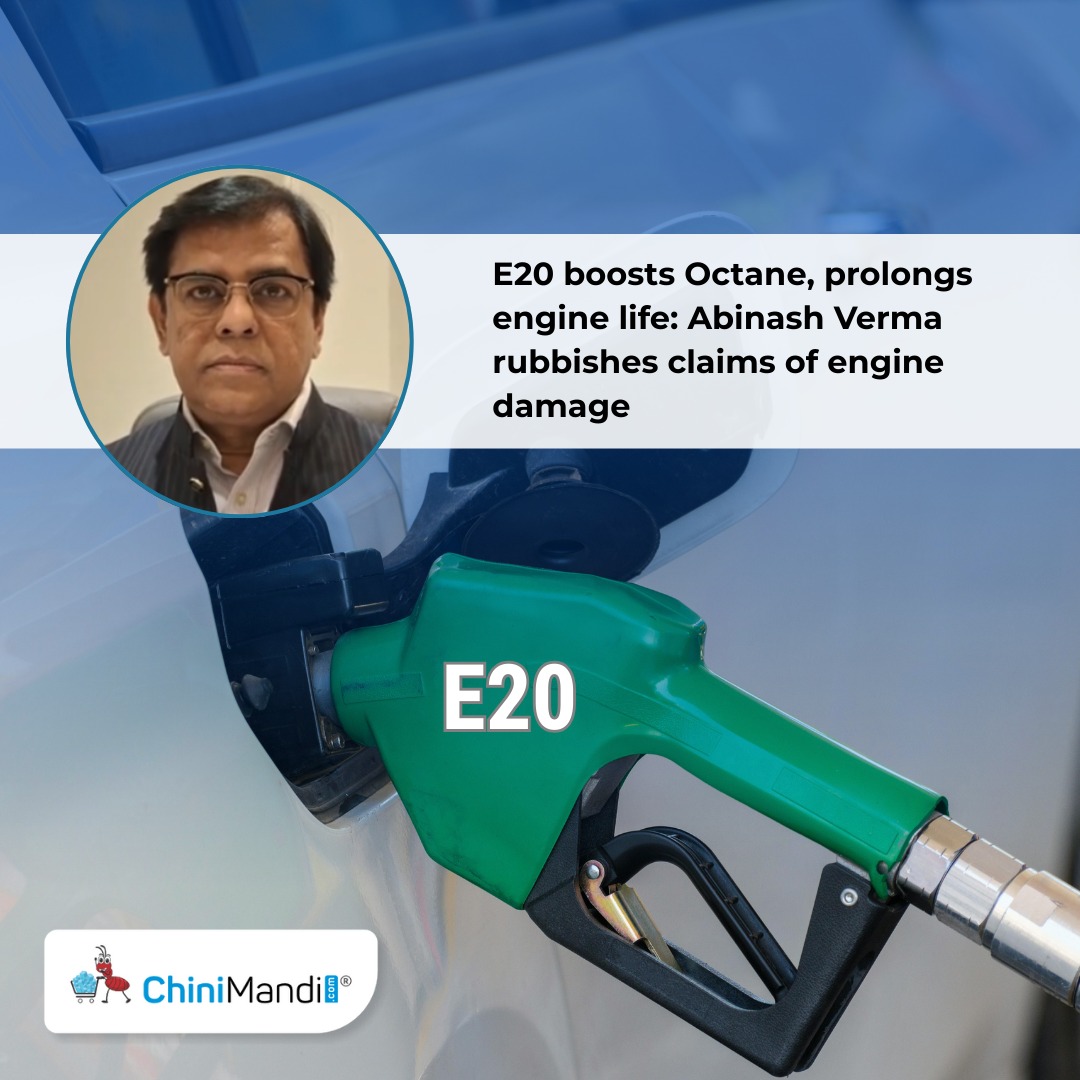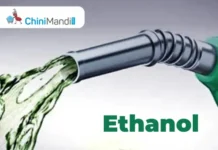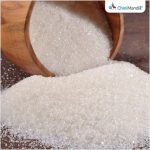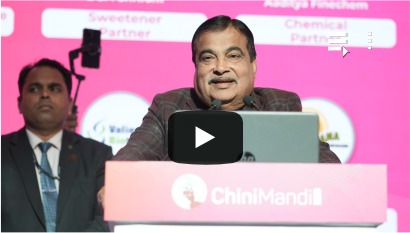In the backdrop of questions being raised regarding ethanol-blended petrol and its impact on mileage and vehicle engines, ChiniMandi’s Parshwati Saha spoke with Abinash Verma, Ethanol Expert, Public Policy Expert, Former Bureaucrat, Former DG ISMA and Promoter Shareholder of Grain based ethanol plant.
He said ethanol does not damage the engine or major components. On the contrary, he pointed out that E20 enhances the fuel’s octane rating, which reduces engine knocking and helps extend engine life.
Q. There is an ongoing debate about whether ethanol is safe for vehicle engines and its impact on mileage. What is your perspective?
A. Ethanol does have a lower calorific value because it contains more oxygen. This does cause a mileage drop, but not as much as the 30–35% some reports claim. At 20% ethanol blending (E20), the reduction is only about 2–3%. Importantly, the extra oxygen in ethanol allows petrol to burn more efficiently, lowering tailpipe emissions and making it less polluting than pure petrol. There is a minor drop in mileage, but improved combustion and reduced emissions are clear benefits. At blends of 10–15%, the effect on mileage is negligible.
Q. Should there be differential pricing to offset this slight mileage drop?
A. India is transitioning to E20 as the base fuel; pure petrol will no longer be sold. Comparing E20 prices to pure petrol is therefore irrelevant. While current crude oil prices are relatively low, this won’t always be the case. As we complete the shift from E10 to E20, it’s too early to decide on a permanent pricing policy. That said, the government may eventually consider a small price benefit to offset the minor drop in mileage, which at present equates to roughly ₹1 per litre in fuel efficiency.
Q. Does ethanol damage vehicle engines or components?
A. That’s largely a misconception. Ethanol isn’t corrosive and doesn’t harm the engine itself. Some rubber and plastic components may have a slightly shorter lifespan, for example, dropping from 10–12 years to around 8–10 years, but this is minor and manageable.
Moreover, the plastic and rubber parts don’t cost more than Rs. 20,000-30,000, so it does not hurt the consumers if the life of these parts is reduced by a couple of years or so. Automobile manufacturers can confirm this, and there’s no cause for consumer concern.
Q. How does ethanol’s higher octane rating help consumers?
A. The Octane rating measures a fuel’s ability to prevent engine knocking. Regular petrol in India has an octane rating of about 86–87, which is increased to 91 or higher in “premium” petrol by adding chemicals like benzene, toluene, and xylene—substances that can harm engines over time. Ethanol naturally has an octane rating of 107. When blended with petrol, it boosts petrol’s octane without adding harmful chemicals, hence improving engine performance and longevity. A higher octane rating is especially beneficial for high-performance or luxury vehicles that require premium fuel.
Q. How can we increase ethanol demand in India?
A. There are two important measures by which we can improve ethanol demand in the country:
* Increase blending levels beyond 20%, though current vehicles would need tuning to handle this without extra mileage loss.
* Adopt Flex Fuel Vehicles (FFVs) that can run on any blend from 0% to 100% ethanol without mileage reductions.
Brazil is a pioneer in this space, with almost 95% of its cars being FFVs. In India, FFVs would cost about ₹2–3 lakh more than conventional internal combustion engine (ICE) vehicles, so incentives, such as lower GST (similar to the 5% GST for EVs, versus 28% for ICE vehicles), could accelerate FFV adoption in the country.
The domestic automakers already manufacture FFVs for markets like Brazil and the US, so with the right policy push, they could do the same domestically. This would boost ethanol consumption, reduce pollution, support farmers, lower oil imports, and give consumers a cost-effective, sustainable fuel choice.

















